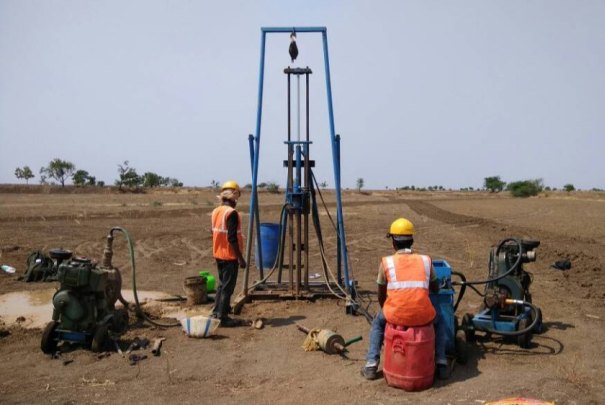
Image Source: Google
Building a dam is a complex and challenging task that requires thorough planning and engineering expertise. One of the key aspects of constructing a dam is the geotechnical investigation, which involves studying the soil and rock properties at the dam site.
This crucial step helps engineers understand the geological conditions of the area, assess the stability of the dam foundation, and ensure the overall safety and longevity of the structure. Refer Link: https://damsafetygroup.com/.
The Importance of Dam Geotechnical Investigation
Understanding Geological Conditions
- Geotechnical investigation provides valuable insights into the soil and rock properties at the dam site.
- Engineers analyze the composition, density, and strength of the materials to determine their suitability for supporting the dam structure.
Assessing Foundation Stability
- By conducting rigorous tests and studies, engineers can evaluate the stability of the dam foundation.
- Factors such as soil settlement, erosion, and seismic activity are taken into account to ensure the foundation can withstand the weight and pressure of the dam.
Methods Used in Dam Geotechnical Investigation
Drilling and Sampling
- Drilling boreholes at various depths allows engineers to collect soil and rock samples for analysis.
- These samples provide valuable information about the geological composition and properties of the materials below the surface.
Seismic Testing
- Seismic surveys are conducted to assess the stability of the ground and identify potential risks such as fault lines or weak zones.
- By analyzing the seismic waves and responses, engineers can determine the seismic design criteria for the dam.
Instrumentation and Monitoring
- Installing sensors and monitoring equipment allows engineers to track any changes in the ground conditions over time.
- Data from these instruments help in detecting early signs of potential issues and implementing preventive measures to mitigate risks.
Challenges in Dam Geotechnical Investigation
Complex Geological Conditions
- Some dam sites are located in regions with challenging geological conditions, such as karst landscapes or seismic zones.
- Engineers must carefully assess and address these complexities to ensure the stability and safety of the dam.
Water Saturation
- Water saturation in the soil can significantly impact the stability of the dam foundation.
- Special measures, such as drainage systems or grouting, may be required to control water seepage and prevent potential failures.
Future Trends in Dam Geotechnical Investigation
Advanced Technologies
- Technological advancements, such as remote sensing and geophysical imaging, are revolutionizing dam geotechnical investigation.
- These tools enable engineers to gather more accurate data and enhance their understanding of subsurface conditions.
Integrated Approaches
- Engineers are increasingly adopting integrated approaches that combine geotechnical, geological, and geophysical data for a comprehensive analysis.
- This holistic approach helps in better predicting potential risks and designing more resilient dam structures.
In conclusion, dam geotechnical investigation plays a vital role in ensuring the safety and stability of dam structures. By delving deep into the geological conditions and employing advanced techniques, engineers can overcome challenges and build sustainable dams that withstand the test of time.